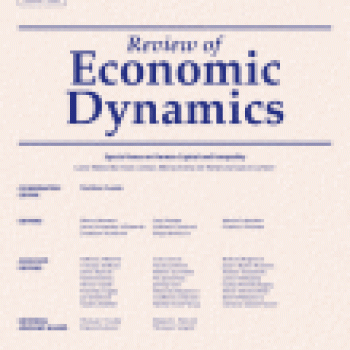Publication Information

In this article the authors use data from Young Lives in Ethiopia and Peru to estimate the production functions of human capital from age 1 to age 15. They characterize the nature of persistence and dynamic complementarities between two components of human capital: health and cognition. They also explore the implications of different functional form assumptions for the production functions. They find that more able and higher income parents invest more, particularly at younger ages when investments have the greatest impacts. These differences in investments by parental income lead to large gaps in inequality by age 8 that persist through age 15.

In this article the authors use data from Young Lives in Ethiopia and Peru to estimate the production functions of human capital from age 1 to age 15. They characterize the nature of persistence and dynamic complementarities between two components of human capital: health and cognition. They also explore the implications of different functional form assumptions for the production functions. They find that more able and higher income parents invest more, particularly at younger ages when investments have the greatest impacts. These differences in investments by parental income lead to large gaps in inequality by age 8 that persist through age 15.

